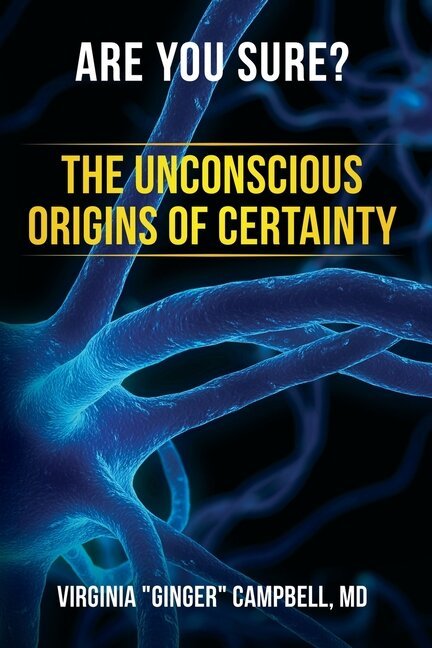Using C. elegans in Neuroscience with Guy Caldwell, PhD (BSP 59)
/Episode 59 of the Brain Science Podcast is an interview with molecular biologist, Guy Caldwell, PhD, from the University of Alabama. We talk about the role of the tiny worm C. elegans in neuroscience research. Dr. Caldwell is collaborating with other leading researchers (including his wife, Kim Caldwell, PhD) in work that may lead to a cure for movement disorders like dystonia and Parkinson's Disease.
How to get this episode:
Premium Subscribers now have unlimited access to all old episodes and transcripts.
New episodes of the Brain Science Podcast are always FREE. All episodes posted after January 1, 2013, are free. See the individual show notes for links the audio files.
Listen in your Favorite Audio app: Audible, Amazon music, Pandora, Spotify, YouTube and many more.
Show Notes and Links:
During this interview, Dr. Caldwell emphasized the importance of collaboration. His work involves tagging the dopamine neurons in C. elegans with green florescent protein (GFP). His work depends on the pioneering work of many scientists (some of whom I list below). He also collaborate with researchers who are doing similar work in yeast, mice, and human cell cultures.
Scientists mentioned in this interview:
Martin Chalfie (Columbia University): Caldwell's mentor won the Nobel Prize in 2008 for his work with using Green Florescent Protein (GFP) to tag specific cells inside C. elegans. Dr. Chalfie was interviewed on Futures in Biotech: Episode 37 and Episode 38.
Susan Lindquist (MIT): a leading geneticist who is using to take human alph-synuclein protein and place it into yeast to study the effects of protein clumping due to misfolding. (Futures in Biotech #1)
Sydney Brenner (Salk Institute): a leader in C. elegans research.
John Sulston (University of Manchester): pioneer in C. elegans research.
Robert Horvitz (MIT): well-researcher in the field of worm biology.
Cynthia Kenyon (University of California-San Francisco): is studying aging in C. elegans.
John White (University of Wisconsin): worked with John Sulston to determing the complete "wiring diagram" for C. elegans (which has only 302 neurons).
Jeff Becker (University of Tennessee): Caldwell's mentor in graduate school.
Chris Rochet (Purdue University): his study of mid brain cultures of rat neurons allows Caldwell to validate his findings in mammalian neurons.
Richard Myers (Boston University): human geneticist who has done important work in Parkinson patient genotyping.
Rudolph Jaenisch (MIT): expert at reprogramming skin cells into pleuripotent stem cells. This technique shows great promise for the treatment/cure of diseases like Parkinson's.
Xandra Breakefield (Harvard): discovered the torsin gene in 1997.
Three recent Nobel Prizes have been awarded to researchers working on C. elegans.
2008 Nobel Prize in Chemistry for green florescent protein.
2002 Nobel Prize in Medicine went to Brenner, Horvitz, and Sulston for establishing the complete cell lineage in C. elegans.
Announcements:
Dr. Campbell is the guest speaker at the July 18 meeting of Skeptics in the Pub in Atlanta, Georgia.
Dr. Campbell was interviewed on Episode 96 of Brains Matter.
Transcripts are now available for all past episodes of the Brain Science Podcast.
Please join our new Brain Science Podcast Fan Page on Facebook.
Donations of $25 or more qualify you for the new monthly book give away.
Join our Discussion Forum:
Send feedback to Dr. Campbell at gincampbell at mac.com.









